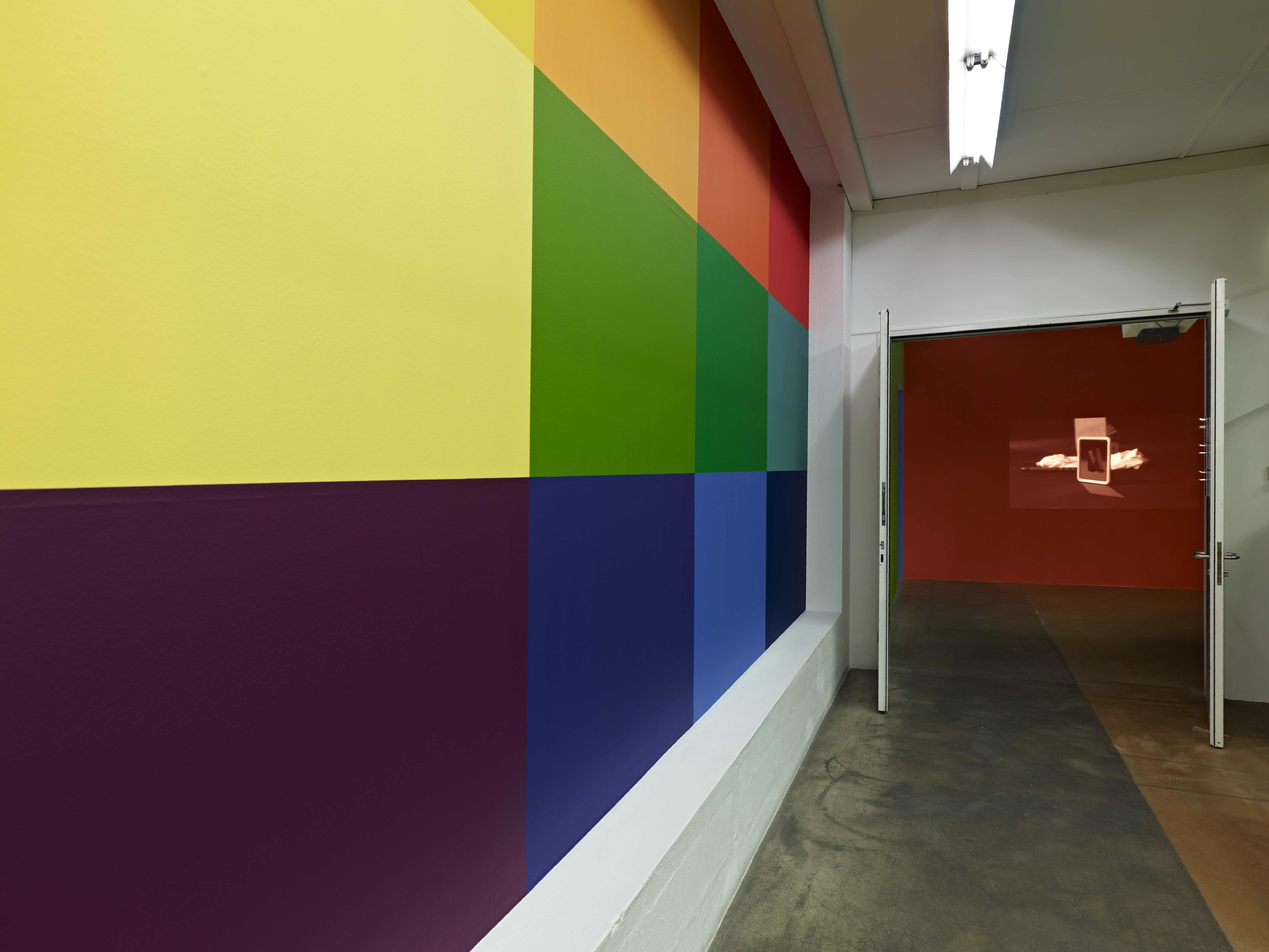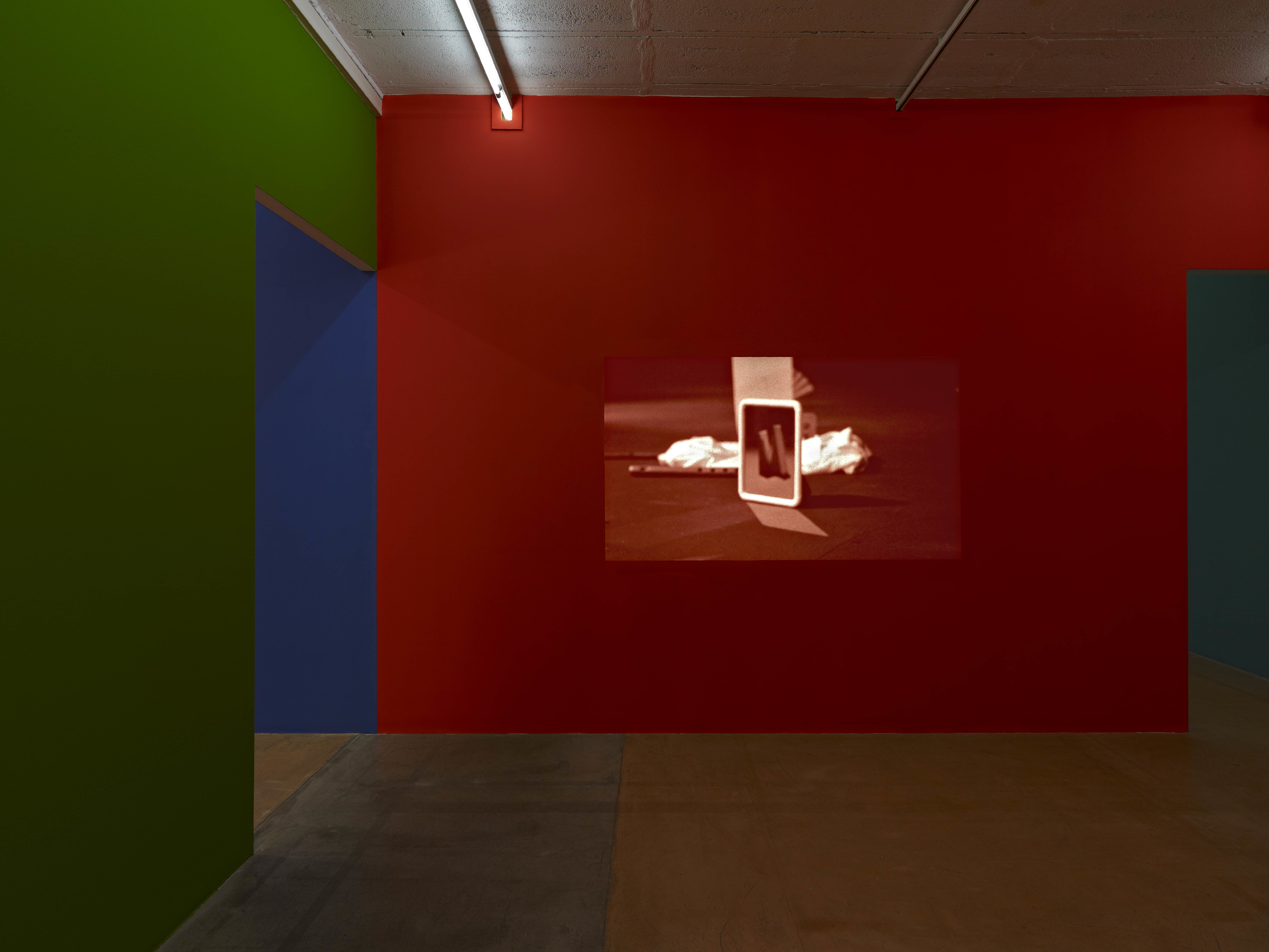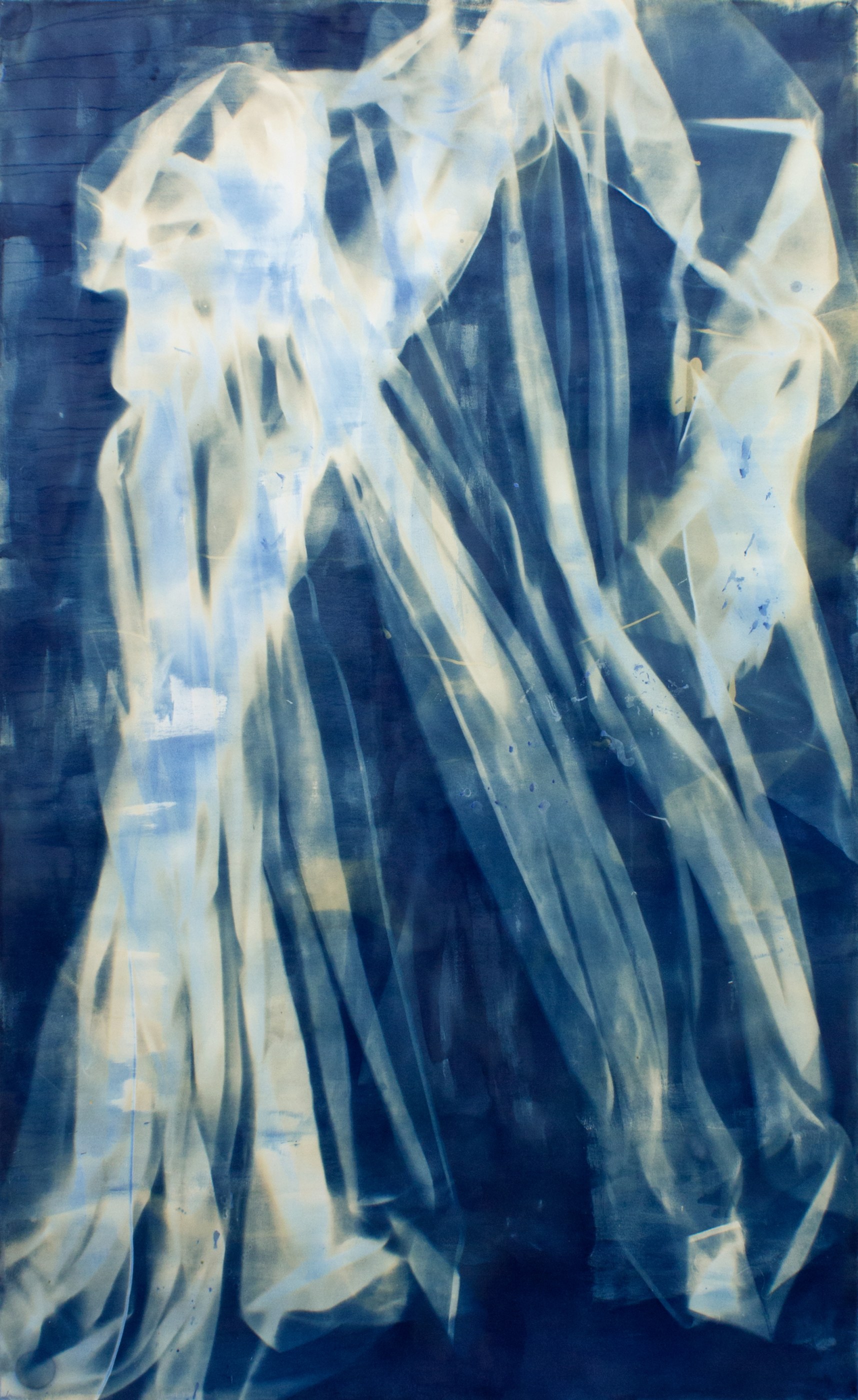Overview
On the fourth floor, Ulla von Brandenburg (1974, Karlsruhe) presented twenty-four films that she had made since the early 2000s. Twenty-four “raw” films, with no editing other than what could be done on camera. Most were made with one sequence and last only as long as the film stock on which they were shot. The black and white of the film softens their details, the camera movement is diaphanous, while the decor, clothing, and accessories provide no clues about time or place. This absence of spatial and temporal cues turned the exhibition into a symbolist dreamscape producing snatches of nursery rhymes, séances, magic tricks, and folkloric ritual. Staging, curtains, and screens formed a frame around the images to create a theatrical environment. Dubbed choirs and chants were added to the sound to enhance the sense of distance. As for the plot, mirrors, shadows, and card games were the leitmotifs in an iconography of make-believe, forever drawing our attention to the...
On the fourth floor, Ulla von Brandenburg (1974, Karlsruhe) presented twenty-four films that she had made since the early 2000s. Twenty-four “raw” films, with no editing other than what could be done on camera. Most were made with one sequence and last only as long as the film stock on which they were shot. The black and white of the film softens their details, the camera movement is diaphanous, while the decor, clothing, and accessories provide no clues about time or place. This absence of spatial and temporal cues turned the exhibition into a symbolist dreamscape producing snatches of nursery rhymes, séances, magic tricks, and folkloric ritual. Staging, curtains, and screens formed a frame around the images to create a theatrical environment. Dubbed choirs and chants were added to the sound to enhance the sense of distance. As for the plot, mirrors, shadows, and card games were the leitmotifs in an iconography of make-believe, forever drawing our attention to the wizard behind the curtain. The colors of the film backdrops were chosen from the color sphere of Bauhaus master Johannes Itten, who defined color as “a phantasmagorical resonance, light become music.” Ultimately, the coordinating, contrasting, and harmonious interplay of the twelve hues served to provide the spatial editing of the films.






